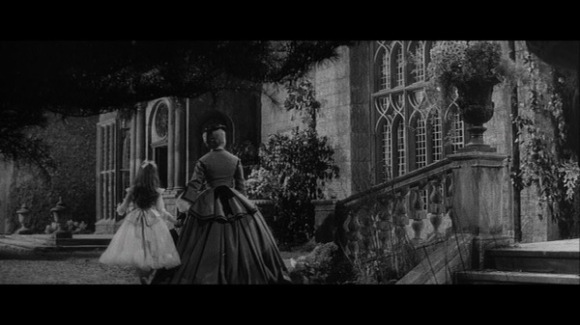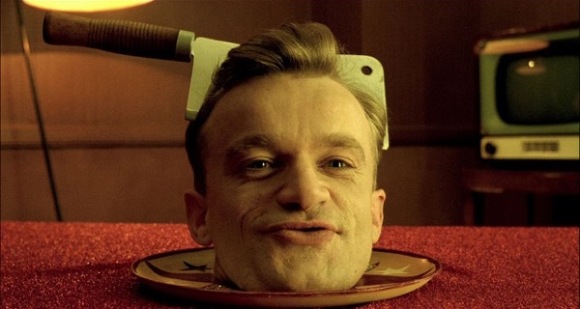
The problem with these listicle-type things is that sometime’s there’s stuff you want to talk about that doesn’t easily fit into your average “10 ways to X more” or “top 5 Ys” posts. But it’s my blog and I do what I want, so here are some films that are weird, wonderful, and pretty. They might not fit anywhere, but I think you should watch them:
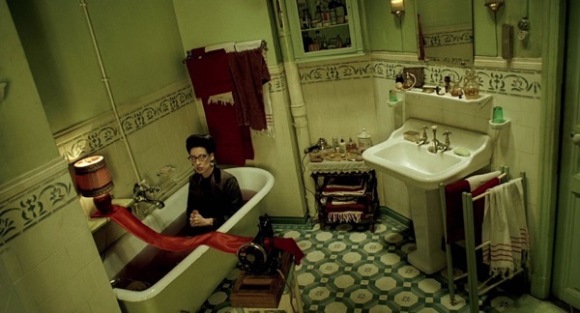
Delicatessen
Jean-Pierre Jeunet & Marc Caro, 1991
The story: In a post-apocalyptic France in which food is scarce, butcher and landlord Clapet uses employment ads in a local newspaper to lure unsuspecting victims to his building, killing them and serving them up as cheap meat for his tenants. Clapet’s newest hire is an unemployed circus clown named Louison who might throw more than one wrench into the butcher’s careful plans.
Why you should watch it: Delicatessen is strange, hyperstylized and, despite the subject matter, full of whimsy. I mean, vegetarians are forced to become sewer-dwelling guerrilla rebels, so. To liken it to Jeunet’s most famous work, this film is like Amélie, if Amélie were a cannibal. Dominique Pinon is delightful as Louison, and the film’s use of colour scheme, sound editing, and comedic timing is masterful.
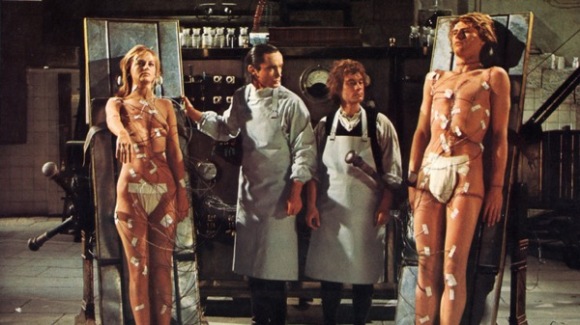
Andy Warhol’s Frankenstein
Andy Warhol, 1974
The story: Baron von Frankenstein is obsessed with creating the perfect Serbian race, putting together a pair of humans out of pieces of different corpses. While dealing with his own severely repressed sexuality and need for domination, Frankenstein’s plans are stymied by the male creation’s lack of sexual response. In the hopes of solving the problem, Frankenstein decides that attaching instead the head of Nicholas, his neglected wife/sister’s new lover, will give the creation the necessary added libido.
Why you should watch it: A good introduction to the cinematic contributions of Warhol, his version of Frankenstein is—though by no means a tight, streamlined film—a campy, unsettling look at ethnic elitism, masculine control, and sexual perversion. The gory make-up effects come from the same special effects artist who would later go on to work on E.T. and Alien, and the film also subverts a heteronormative male gaze in favour of objectifying gay icon Joe Dallesandro (in the role of Nicholas) in really interesting ways.
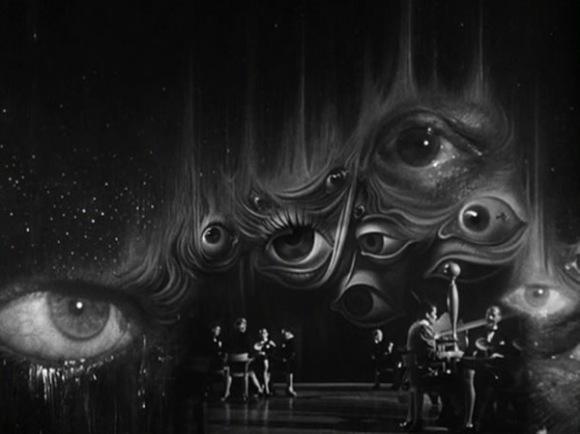
Spellbound
Alfred Hitchcock, 1945
The story: Dr. Constance Petersen is a psychoanalyst who soon realizes that her new coworker Dr. Anthony Edwardes is an impostor. Edwardes believes that he has amnesia, and both he and Petersen go away together to track down his past. A bit of sleuthing and dream analysis reveals that there is much more to the situation than either Petersen or Edwardes could have anticipated.
Why you should watch it: While not one of Hitchcock’s more famous films, Spellbound remains one of my favourites for its brilliant meditation on guilt and memory, and its use of a star-studded cast that does justice to those themes. Ingrid Bergman and Gregory Peck crackle together, and the dream sequence designed by Salvador Dalí (not to mention a fun, theremin-heavy soundtrack) adds a—forgive me—spellbinding sense of uncertainty and surrealism to the story.
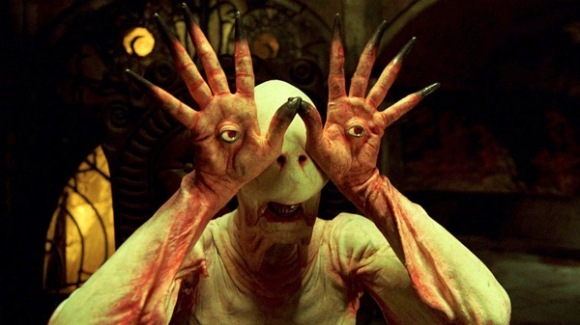
Pan’s Labyrinth/Crimson Peak
Guillermo del Toro, 2006/2015
The story: In Pan’s Labyrinth, a young girl moves between a dangerous post-Civil War Spain and a mysterious underworld that is, if possible, even more threatening to her safety. If she can complete all three tasks set by the labyrinth’s faun, she may prove herself to be the reincarnated Moanna, princess of the underworld. Crimson Peak tells the story of Edith, an American girl who has been haunted by ghosts since childhood. She meets Sir Thomas Sharpe, an English baronet trying to raise capital for his red clay mine, and quickly marries him. Whisked off to his remote estate, Edith finds that Thomas, and his sister Lucille, have not been entirely truthful with her.
Why you should watch it: Del Toro double feature, since I couldn’t decide which to pick! Pan’s Labyrinth is more legitimately a horror film, but Crimson Peak is, I think, the culmination of the director’s focus on aesthetics and cinematography. The films are beautiful, dark, and treacherous, and there is a running theme of trust, violence, and suspicion in them both. Choose Pan’s Labyrinth as an excellent entry point into Spanish horror cinema, and Crimson Peak if you’re in the mood for a gothic romance with a hard edge.
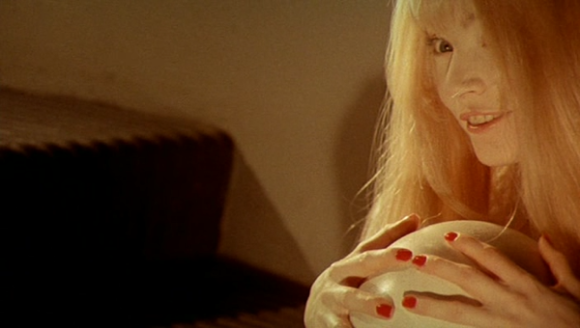
Spirits of the Dead
Roger Vadim, Louis Malle & Federico Fellini, 1968
The story: In “Metzengerstein,” a young baroness lives a debauched life until she learns of a long-lost cousin, a meeting that precipitates obsession and catastrophe. A young army officer, the titular “William Wilson,” relays a story of doubled identity, depravity, and guilt to a priest, convinced he has murdered his doppelgänger. In “Toby Dammit” a English actor is losing himself to alcoholism. Agreeing to film a movie in Italy, he is plagued by visions of a girl playing with a white ball as he spirals wildly out of control.
Why you should watch it: An anthology film that (loosely) takes the stories of Edgar Allan Poe as inspiration, Spirits of the Dead offers up three radically different, though all unsettling, directorial visions. My favourite is likely Fellini’s contribution, not only because I made the mistake of watching it alone, in the dark, right before bed. While Fellini’s short film is the most explicitly surreal, all three films take the twists and dark corners of the source material in stride, creating self-contained stories that deal with excess, depravity, and mortality in intriguing ways.


